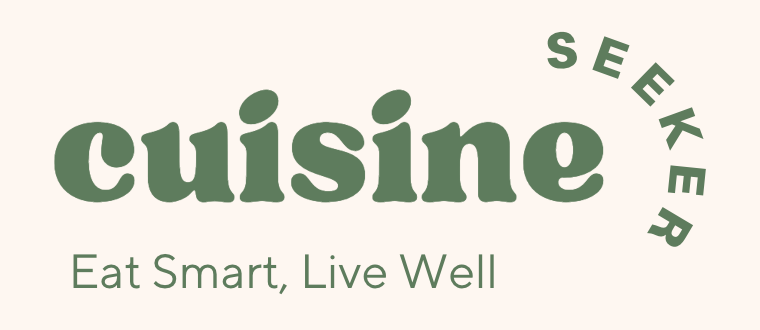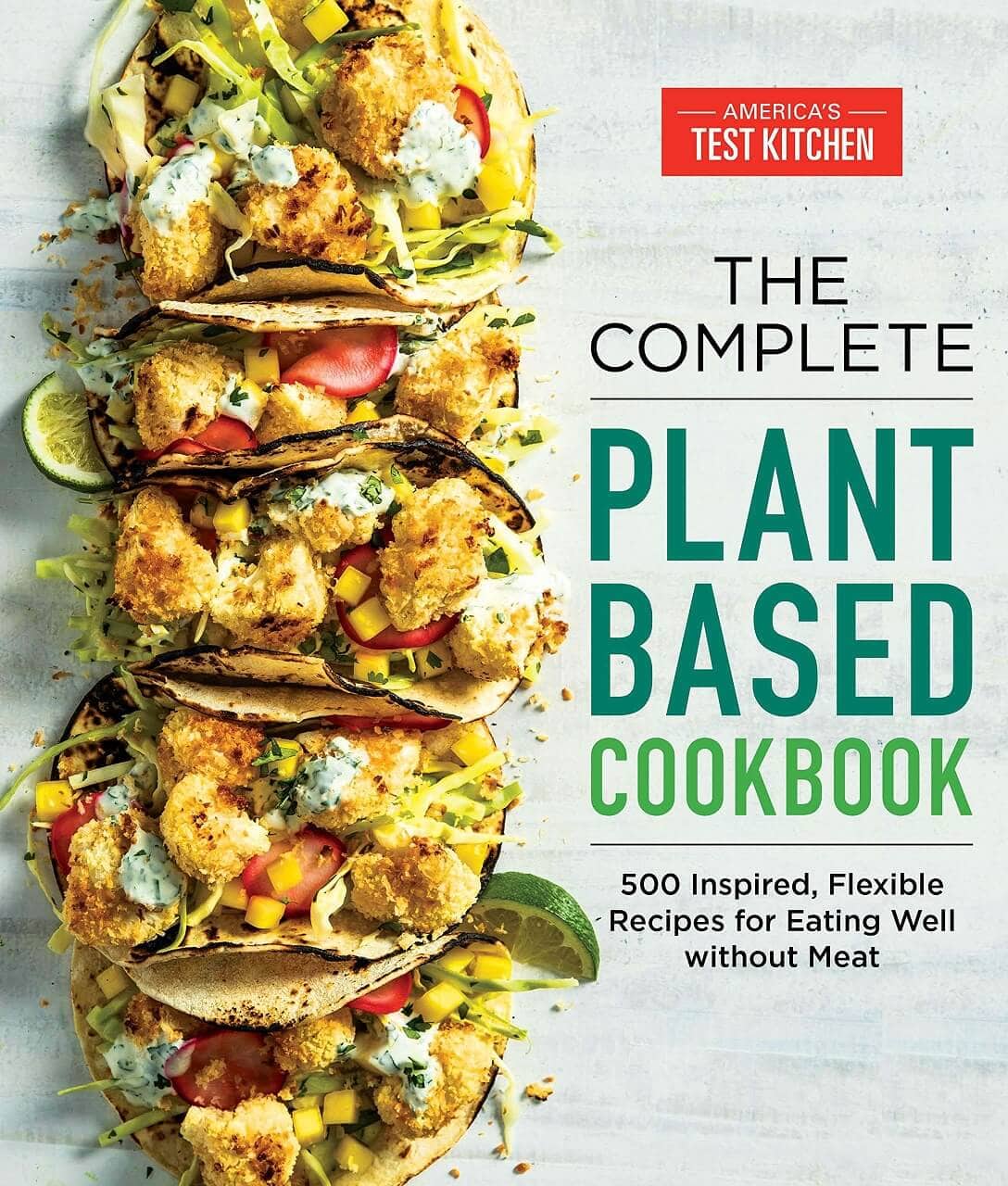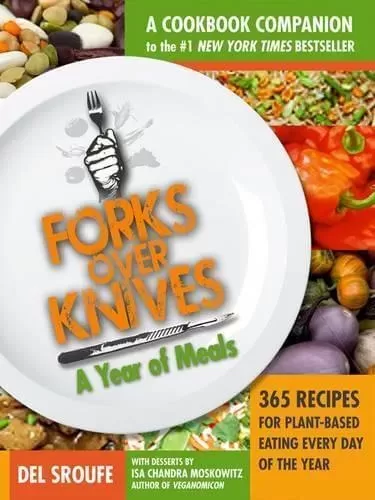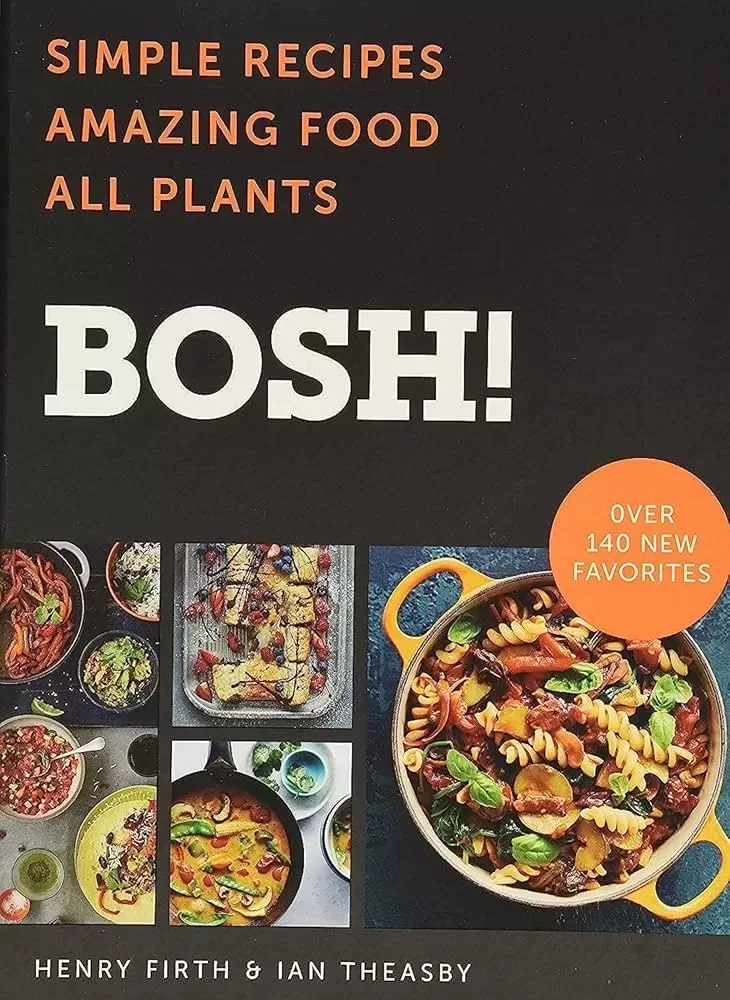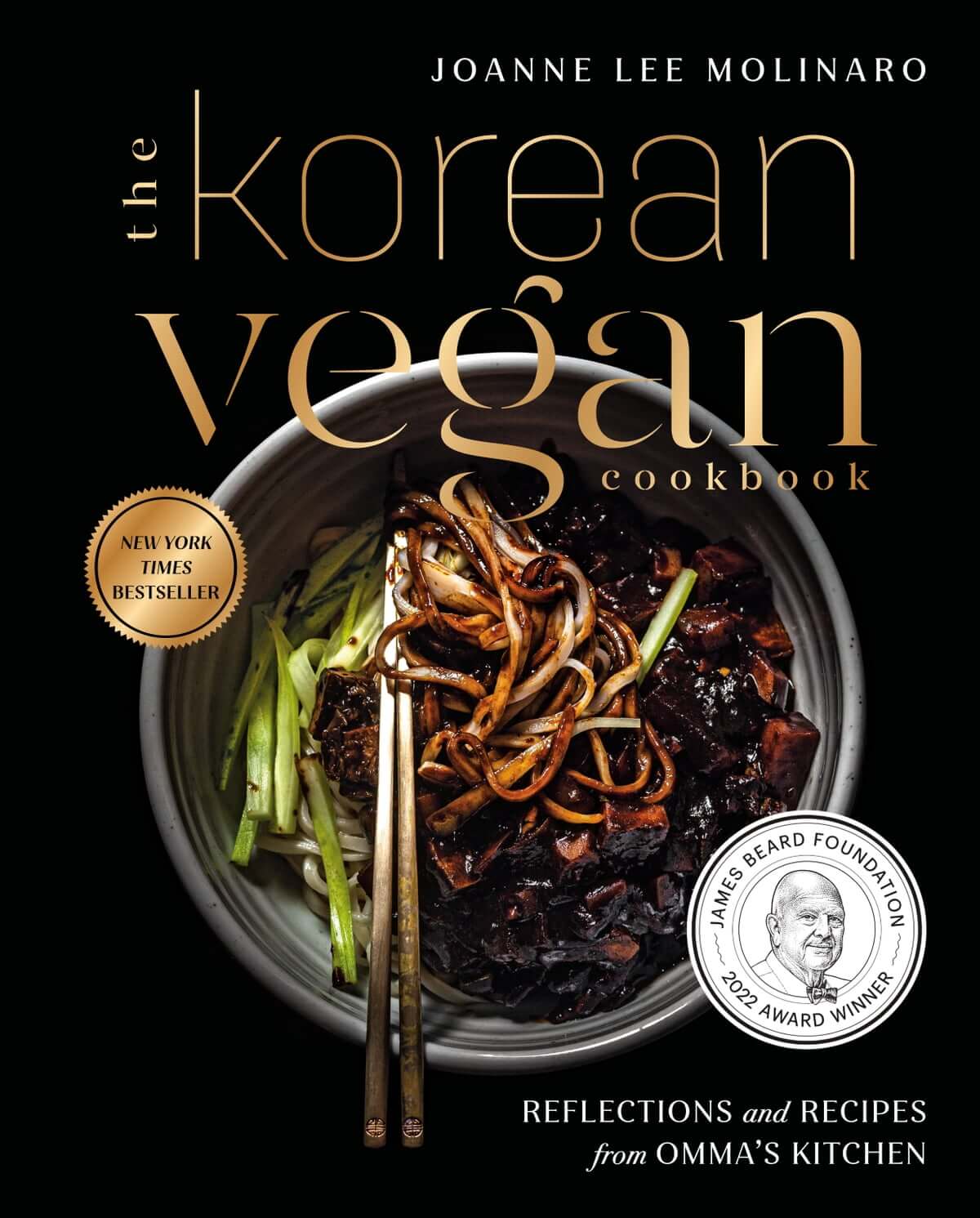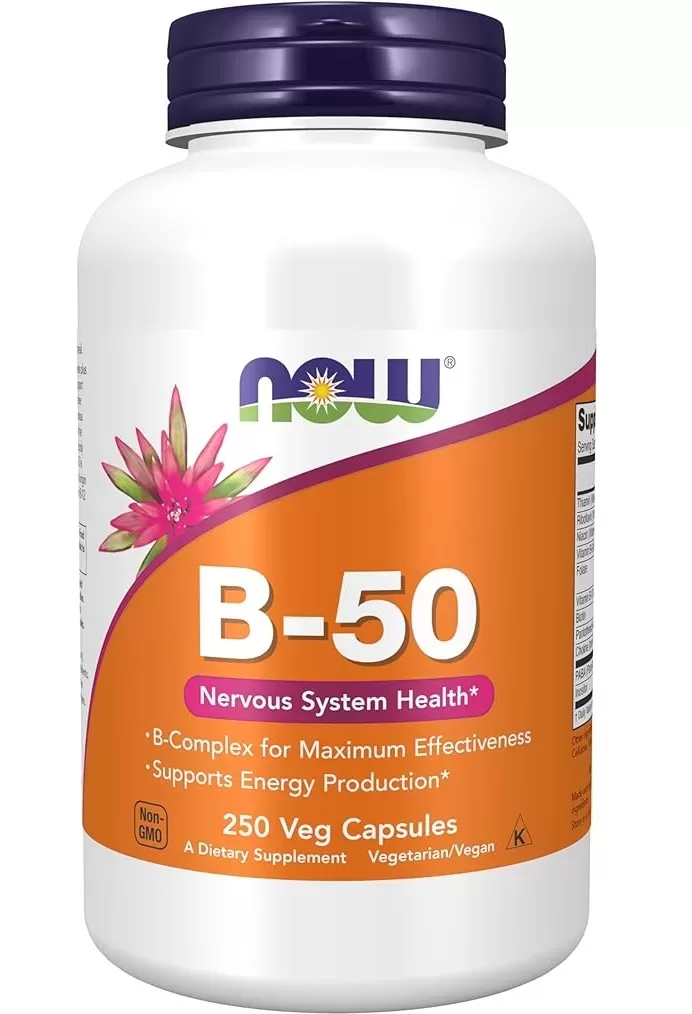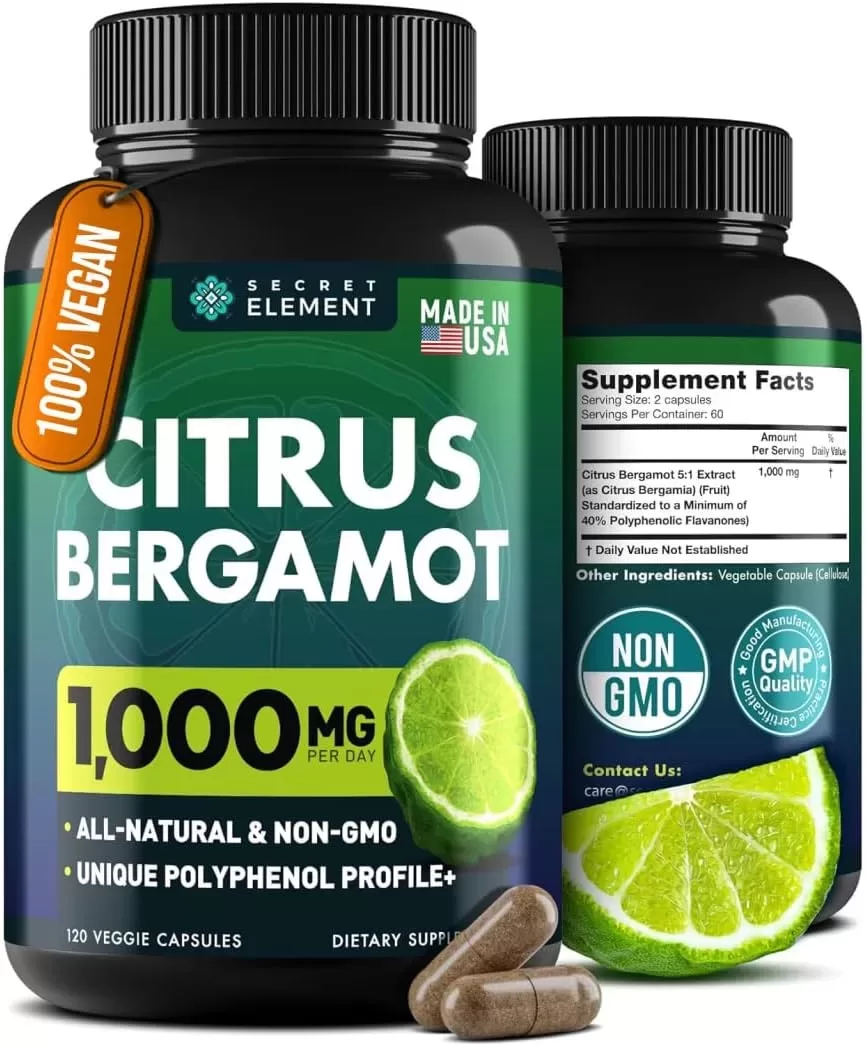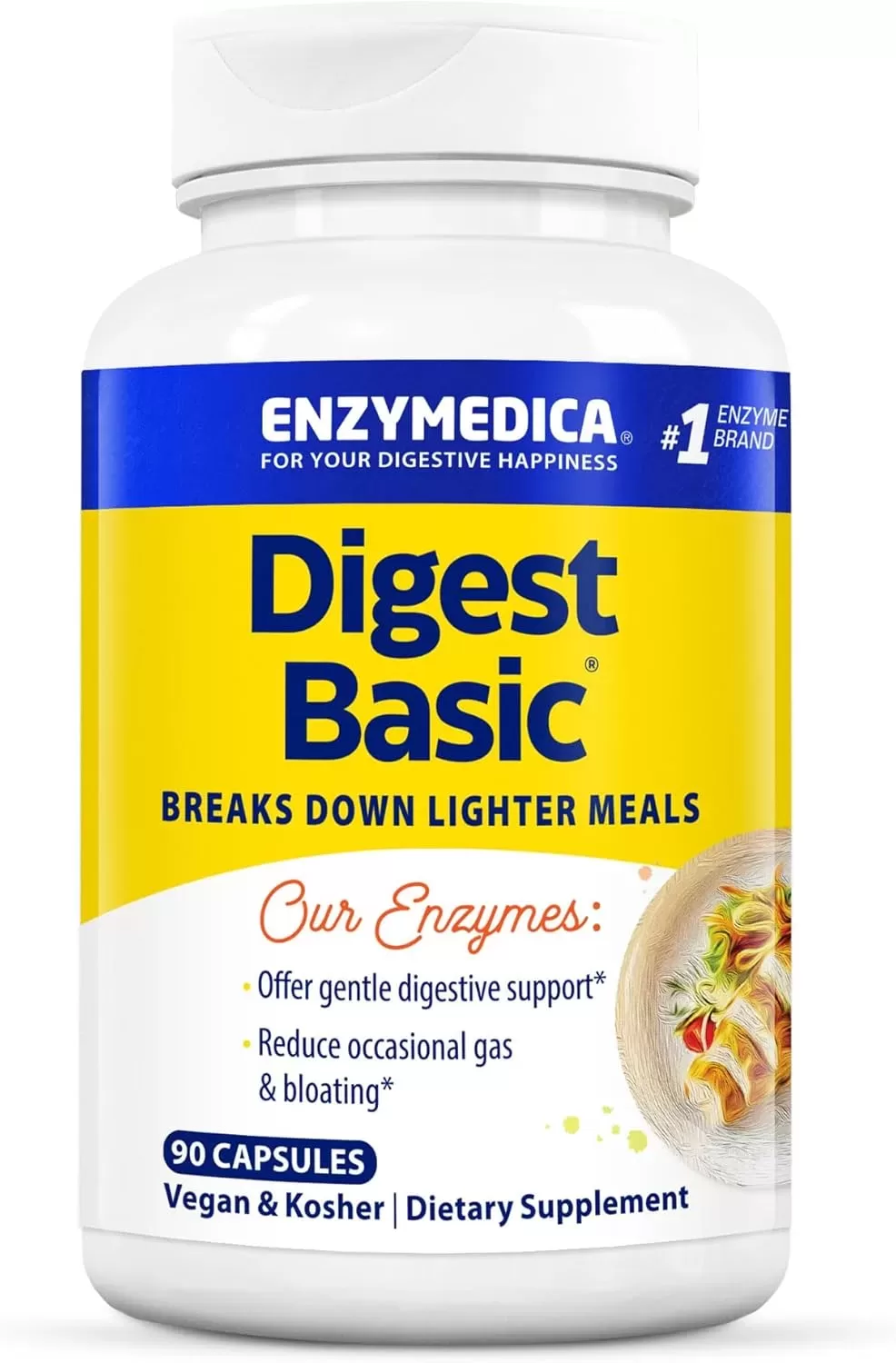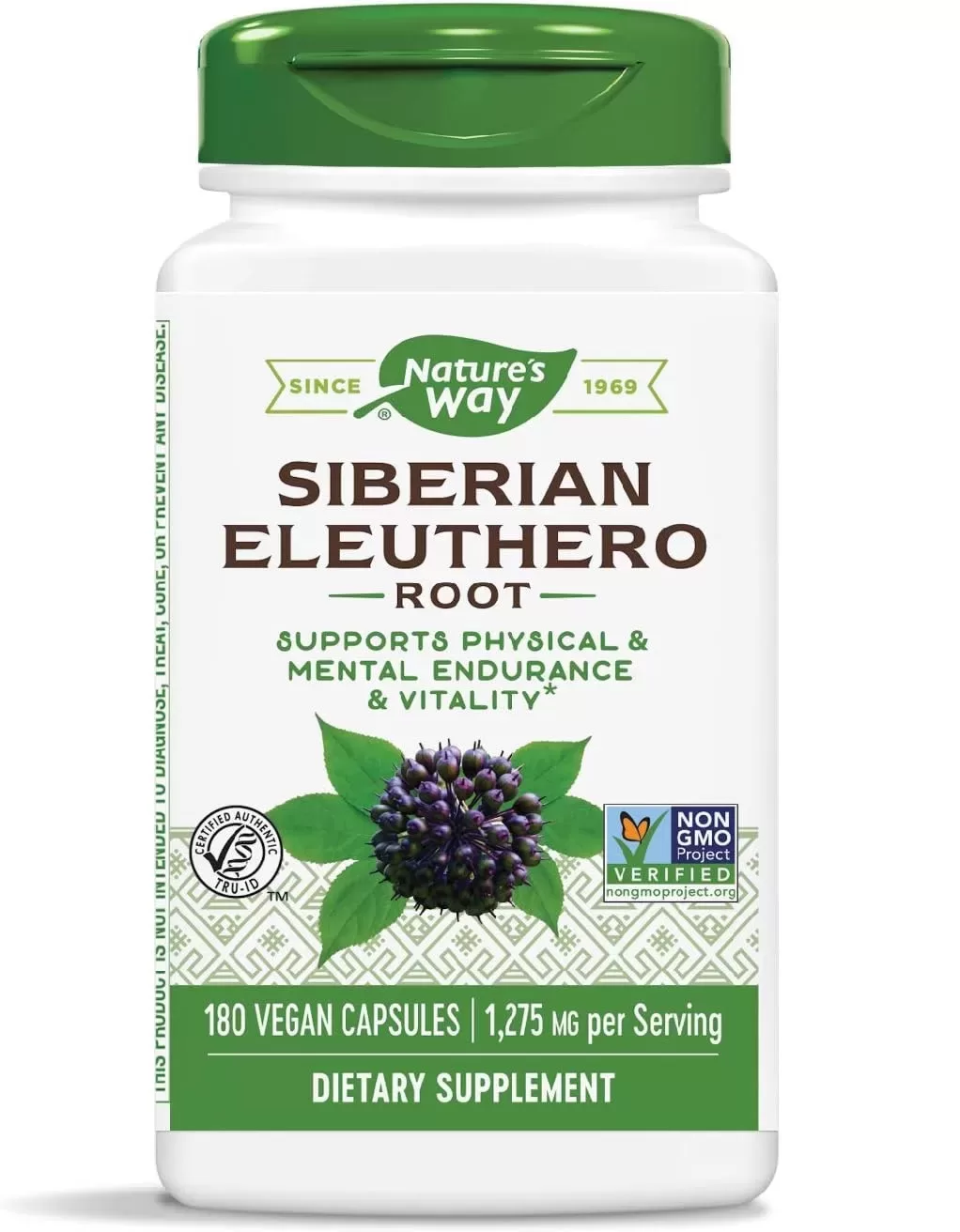Embracing a healthy lifestyle doesn’t mean sacrificing flavor or variety. Discover the fascinating world of paleo and vegan diets, two popular dietary choices that prioritize whole, unprocessed foods. Explore the key differences between these two approaches, uncover the benefits of each, and find customizable meal plans and recipes to suit your needs.
Whether you’re a seasoned vegan or a paleo enthusiast, this article will equip you with the knowledge and tools to create a nutritious and satisfying diet that aligns with your goals.
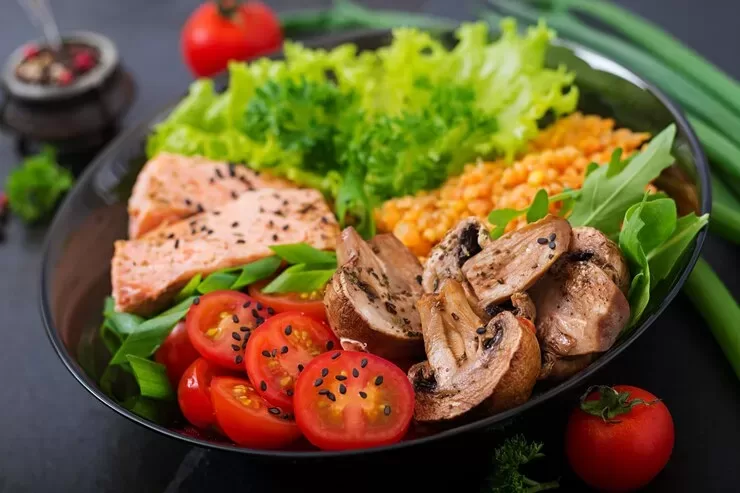
The Foundation of Paleo and Vegan Eating
The Paleo-Vegan diet, often referred to as “Pegan,” combines the principles of Paleo and Vegan eating to create a sustainable and nutrient-dense approach. This dietary paradigm prioritizes high-quality, plant-based foods while adhering to the core tenets of the Paleo diet.
- Abundant Vegetables and Fruits: These provide essential vitamins, minerals, fiber, and antioxidants.
- Nutrient-Dense Nuts and Seeds: Rich in healthy fats, protein, and fiber.
- Plant-Based Proteins: Legumes, tofu, tempeh, and whole grains offer complete protein sources.
- Whole, Unprocessed Foods: Avoiding processed foods, refined sugars, and grains helps minimize inflammation and support optimal health.
By focusing on these foundational elements, the Pegan diet aims to create a sustainable eating plan that promotes overall well-being, reduces environmental impact, and aligns with a plant-based lifestyle.
Key Components of a Paleo-Vegan Diet
A Rainbow of Produce
Vegetables and fruits should form the cornerstone of your Pegan diet. Aim for a diverse array of colors to ensure you’re getting a wide range of nutrients and antioxidants.
| Color | Fruits | Vegetables |
| Red | Apples, strawberries, cherries, tomatoes, watermelon | Beets, bell peppers, carrots, radishes |
| Purple/Blue | Blueberries, grapes, plums, eggplant | Blackberries, purple cabbage, purple sweet potatoes |
| Orange | Oranges, mangoes, apricots, peaches | Carrots, sweet potatoes, pumpkin |
| Green | Apples, grapes, kiwi, limes | Asparagus, broccoli, kale, spinach, zucchini |
| White/Brown | Bananas, pears, onions, garlic | Potatoes, cauliflower, mushrooms, turnips |
Healthy Fats for Fuel
Incorporate avocados, nuts, seeds, and coconut products to provide essential fatty acids and support the absorption of fat-soluble vitamins.
| Food Group | Examples | Benefits |
| Avocados | Hass, Fuerte, Bacon | Rich in monounsaturated fats, fiber, potassium, and antioxidants |
| Nuts | Almonds, walnuts, pecans, cashews | High in fiber, protein, healthy fats, and minerals |
| Seeds | Chia, flax, hemp, pumpkin, sunflower | Packed with omega-3 fatty acids, fiber, and antioxidants |
| Coconut Products | Coconut oil, coconut milk, coconut flakes | Source of medium-chain triglycerides, which are easily metabolized for energy |
Plant-Based Protein Power
Legumes like lentils and chickpeas, as well as whole grains like quinoa, offer complete protein sources that align with both Paleo and Vegan principles.
| Food Group | Examples | Benefits |
| Legumes | Lentils, chickpeas, black beans, kidney beans | High in fiber, protein, and complex carbohydrates |
| Whole Grains | Quinoa, brown rice, oats, millet | Provide complex carbohydrates, fiber, and essential nutrients |
Prioritize Whole, Unprocessed Foods
Both Paleo and Vegan diets emphasize the importance of consuming whole, unprocessed foods to minimize inflammation and support optimal health.
| Food Group | Examples | Benefits |
| Fruits | Apples, bananas, berries, grapes, citrus fruits | Rich in vitamins, minerals, antioxidants, and fiber |
| Vegetables | Leafy greens, cruciferous vegetables, root vegetables, colorful vegetables | Packed with vitamins, minerals, antioxidants, and fiber |
| Whole Grains | Quinoa, brown rice, oats, millet | Provide complex carbohydrates, fiber, and essential nutrients |
| Healthy Fats | Avocados, nuts, seeds, coconut oil | Source of essential fatty acids, which support brain health, hormone production, and cell function |
| Protein Sources | Legumes, whole grains, nuts, seeds, meat (for Paleo), plant-based proteins (for Vegan) | Provide essential amino acids for building and repairing tissues |
Ready to embark on your Pegan journey? Dive deeper into this exciting approach to healthy eating and explore delicious recipe inspiration at my website: https://trishtuckermay.com/.
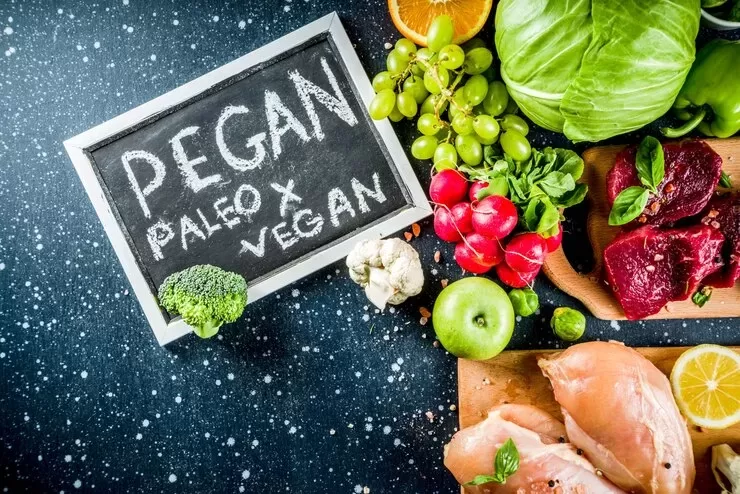
FAQs
What is a vegan paleo diet?
Vegan paleo diet is a dietary approach that combines the principles of veganism and the paleo diet. It emphasizes whole, unprocessed foods while excluding all animal products.
What is the difference between paleo and animal based diet?
The difference between a paleo and an animal-based diet lies in the inclusion of processed foods and grains. A paleo diet focuses on whole, unprocessed foods and excludes grains, legumes, and dairy, while an animal-based diet may include processed meats and dairy products.
What is the difference between paleo and vegetarian?
The difference between paleo and vegetarian is that a paleo diet excludes grains, legumes, and dairy products, while a vegetarian diet only excludes meat and poultry. Both diets may include other animal products like eggs and dairy.
What is in a vegan diet?
A vegan diet excludes all animal products, including meat, poultry, fish, eggs, dairy, and honey. It focuses on plant-based foods like fruits, vegetables, whole grains, legumes, nuts, and seeds.
